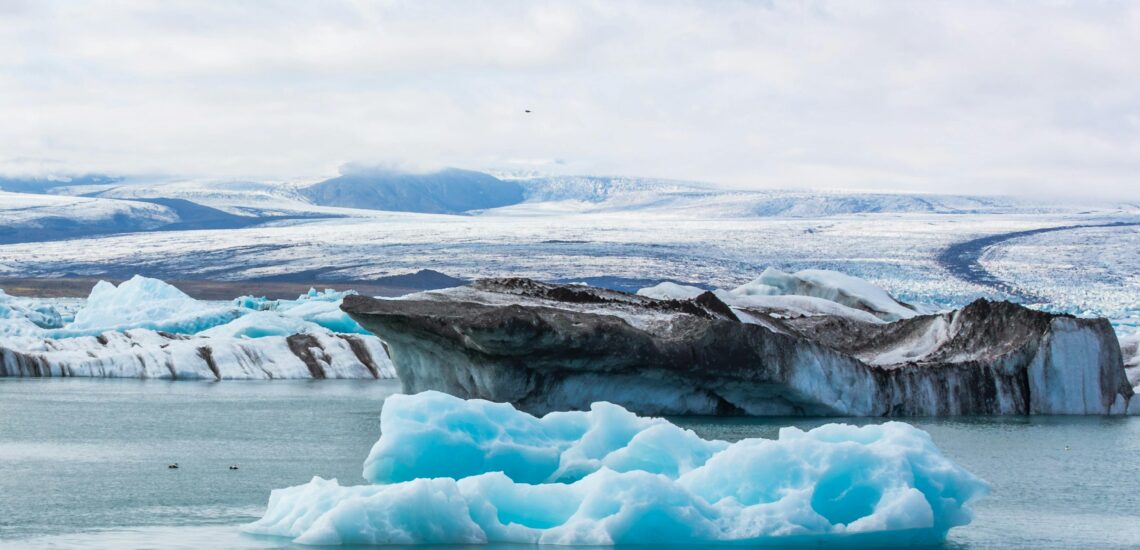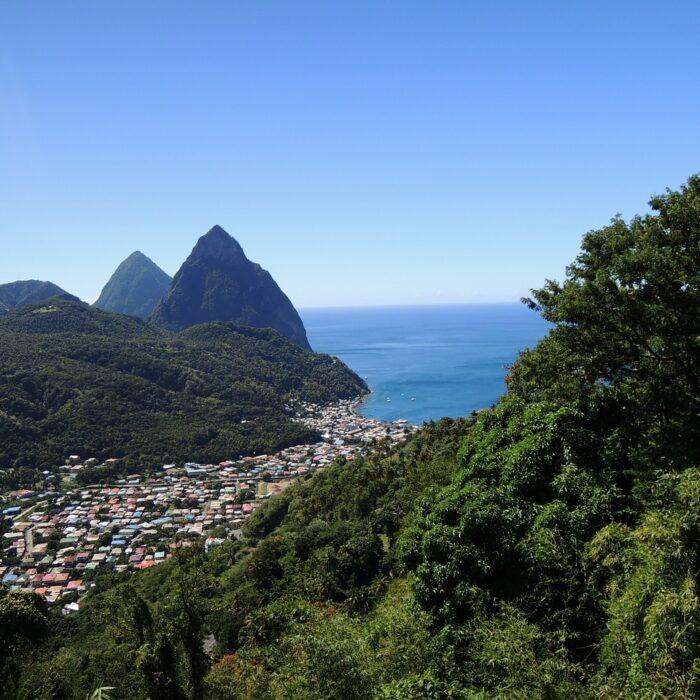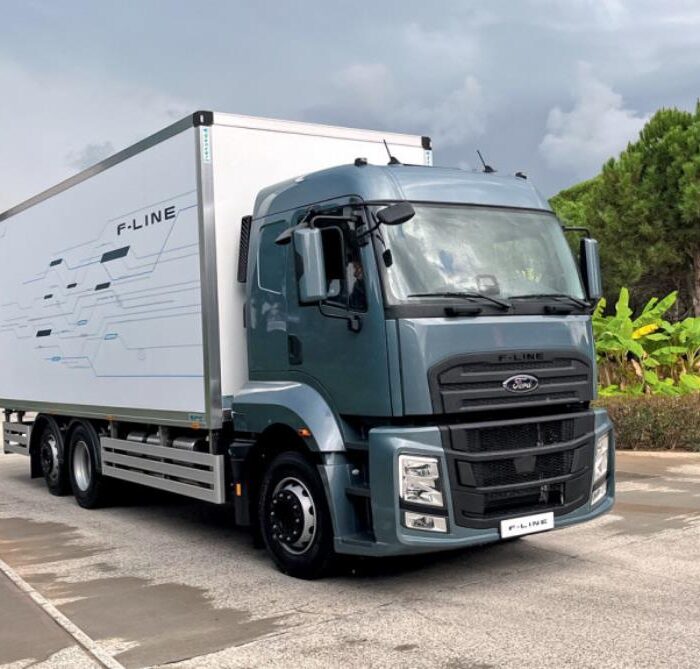Kurze Fakten über Grönland:
- Einwohnerzahl: Ungefähr 56.000 Menschen.
- Hauptstadt: Nuuk.
- Amtssprache: Grönländisch (Kalaallisut), Dänisch.
- Währung: Dänische Krone (DKK).
- Regierung: Selbstverwaltetes Territorium innerhalb des Königreichs Dänemark, mit begrenzter Autonomie in inneren Angelegenheiten.
- Geografie: Grönland liegt im Nordatlantik und ist mit einer Fläche von über 2,1 Millionen Quadratkilometern die größte Insel der Welt.
Fakt 1: Grönland ist die größte Insel, die größtenteils von Gletschern bedeckt ist.
Grönland ist mit einer Fläche von etwa 2 166 086 Quadratkilometern die größte Insel der Welt. Der größte Teil der grönländischen Landmasse ist vom grönländischen Eisschild bedeckt, dem zweitgrößten Eisschild der Welt nach der Antarktis. Der Eisschild bedeckt etwa 80 % der grönländischen Oberfläche und enthält eine riesige Menge an Eis, was ihn zu einem wichtigen Faktor für den Anstieg des Meeresspiegels macht. Trotz der Gletscher und des Eises gibt es in Grönland auch einige Küstenregionen, die eisfrei sind und vielfältige Ökosysteme beherbergen, darunter Tundravegetation und Wildtiere wie Eisbären und Polarfüchse.
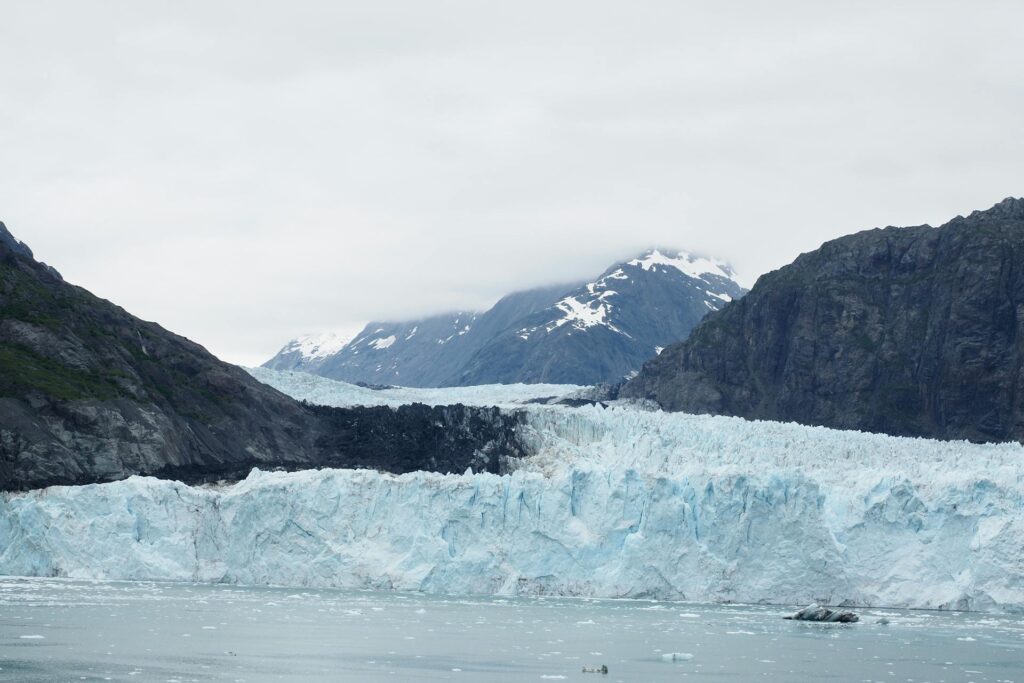
Fakt 2: Die nördlichste Hauptstadt der Welt liegt in Grönland
Die nördlichste Hauptstadt der Welt ist Nuuk. Als Hauptstadt von Grönland liegt Nuuk an der Südwestküste der Insel, auf etwa 64°10′ nördlicher Breite. Obwohl Nuuk relativ weit im Norden liegt, ist das Klima im Vergleich zu anderen Teilen Grönlands relativ mild, was auf die Küstenlage und den Einfluss des nahen Labradorstroms zurückzuführen ist. Nuuk ist das politische, kulturelle und wirtschaftliche Zentrum Grönlands und hat nach jüngsten Schätzungen über 18.000 Einwohner.
Fakt 3: Die Anreise nach Grönland ist nicht einfach
Die Anreise nach Grönland kann aufgrund der abgelegenen Lage und der begrenzten Transportmöglichkeiten schwierig sein. Der wichtigste internationale Flughafen Grönlands ist der Flughafen Kangerlussuaq (SFJ), der im Westen der Insel liegt. Vom Flughafen Kangerlussuaq aus müssen Reisende in der Regel Inlandsflüge nehmen, um die 300 Kilometer entfernte Hauptstadt Nuuk zu erreichen. Die Entfernung zwischen dem Flughafen und Nuuk erfordert entweder einen kurzen Inlandsflug oder eine längere Reise auf dem Land- und Seeweg, was die Reise nach Grönland im Vergleich zu leichter zugänglichen Zielen komplizierter macht.
Hinweis: Wenn Sie vorhaben, auf der Insel ein Auto zu mieten, informieren Sie sich hier, ob Sie dafür einen internationalen Führerschein für Grönland benötigen. Beachten Sie jedoch, dass es in Grönland keine Straßen zwischen den Städten gibt.
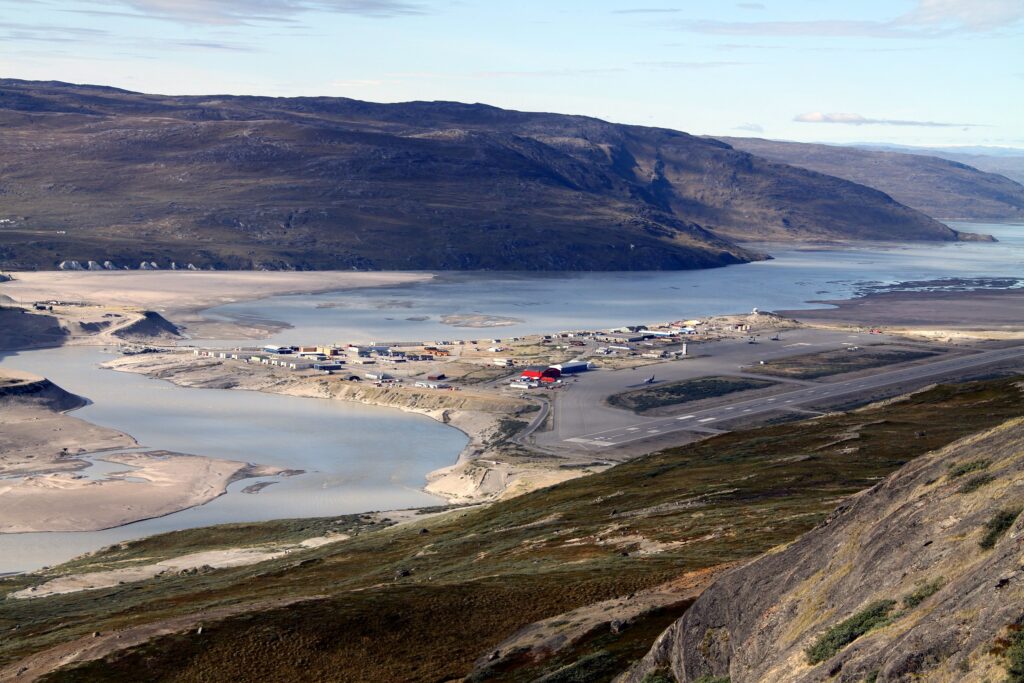
Fakt 4: Der größte Nationalpark der Welt liegt in Grönland
Er heißt Nordostgrönland-Nationalpark (Kalaallit Nunaanni nuna eqqissisimatitaq). Mit einer Fläche von etwa 972.000 Quadratkilometern nimmt dieses riesige Schutzgebiet einen bedeutenden Teil des Nordostens Grönlands ein. Der Park bietet atemberaubende arktische Landschaften, darunter Gletscher, Fjorde, Eiskappen und Wildtiere wie Eisbären, Moschusochsen und Polarfüchse. Seine immense Größe und unberührte Wildnis machen ihn zu einem Paradies für Naturliebhaber und Forscher, die das arktische Ökosystem erforschen wollen.
Fakt 5: Schlittenhunde sind in Grönland immer noch ein wichtiges Transportmittel
Schlittenhunde sind nach wie vor ein wichtiges Transportmittel in Grönland, vor allem in abgelegenen und schwer zugänglichen Gebieten, in denen die moderne Verkehrsinfrastruktur begrenzt ist. In vielen grönländischen Gemeinden, vor allem in den nördlichen und östlichen Regionen, sind Schlittenhunde aus dem täglichen Leben nicht wegzudenken. Sie sind ein unverzichtbares Transportmittel für die Jagd, den Fischfang und die Fortbewegung in der arktischen Landschaft, insbesondere in den Wintermonaten, wenn Schnee und Eis das Gelände bedecken. Trotz der Verfügbarkeit anderer Transportmöglichkeiten wie Schneemobilen und Hubschraubern spielen Schlittenhunde weiterhin eine wichtige Rolle.
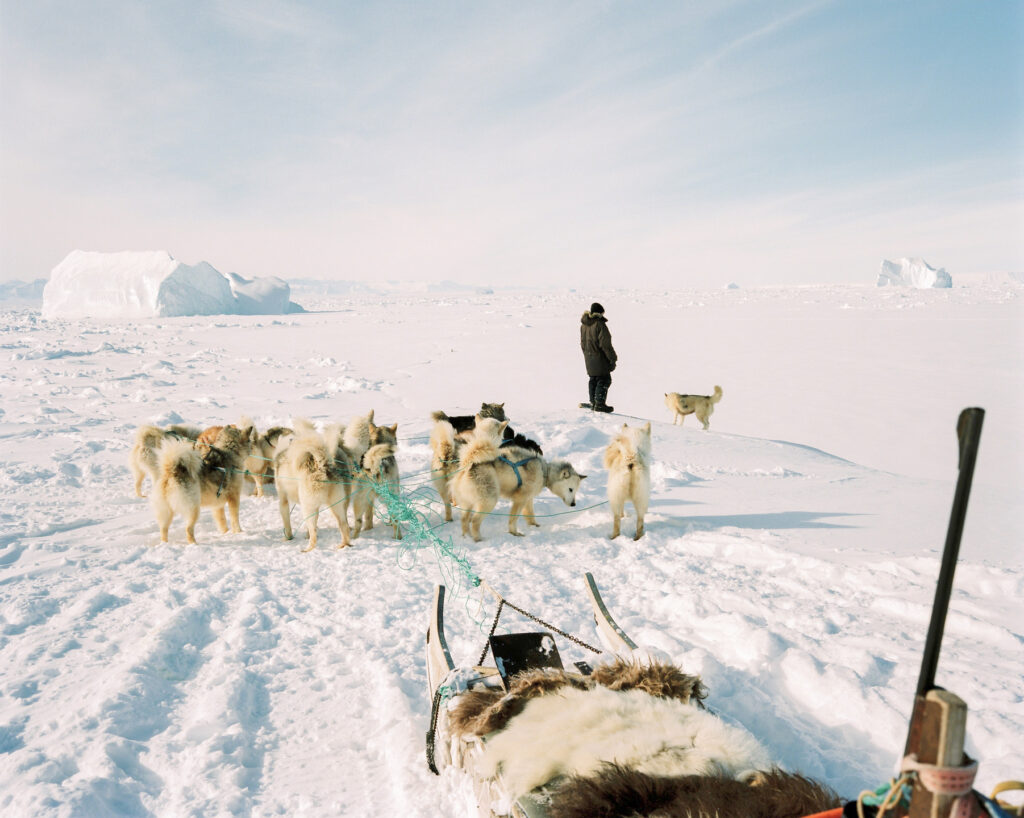
Fakt 6: Grönland ist eine autonome Region von Dänemark
Grönland ist ein autonomes Gebiet innerhalb des Königreichs Dänemark. Obwohl Grönland ein hohes Maß an Selbstverwaltung genießt, behält Dänemark die Kontrolle über bestimmte Aspekte der Staatsführung, wie z. B. Außenpolitik und Verteidigung.
Wie viele Kolonialmächte verfolgte Dänemark eine Politik, die sich nachteilig auf die einheimische Bevölkerung auswirkte. Dazu gehörten Zwangsumsiedlungen, kulturelle Assimilationsbemühungen und unzureichende Gesundheits- und Bildungsdienste. Diese Politik hatte verheerende Folgen für die Inuit-Bevölkerung und trug zu erheblichen sozialen und kulturellen Umwälzungen bei. Viele Inuit-Frauen konnten keine Kinder bekommen, weil dänische Ärzte ohne Wissen der Frauen Spiralen in ihren Körper einpflanzten. Dies kam ans Licht, als die Frauen gesundheitliche Probleme bekamen und die Spiralen bei einer Untersuchung gefunden wurden.
Fakt 7: In Grönland sind Ruinen aus der Wikingerzeit erhalten geblieben
Eine der bekanntesten archäologischen Stätten ist die nordische Siedlung Hvalsey, die im Süden Grönlands liegt. In Hvalsey befinden sich die Ruinen mehrerer Gebäude, darunter eine Kirche, Bauernhöfe und Wohnhäuser, die auf die Besiedlung Grönlands durch die Nordmänner im Mittelalter zurückgehen.
Diese Ruinen zeugen zusammen mit anderen, über ganz Grönland verstreuten Ruinen von der Anwesenheit nordischer Siedler in diesem Gebiet zwischen dem 10. und 15. Sie sind ein wertvolles Zeugnis der frühen europäischen Entdeckungs- und Kolonisierungsbemühungen im Nordatlantik.
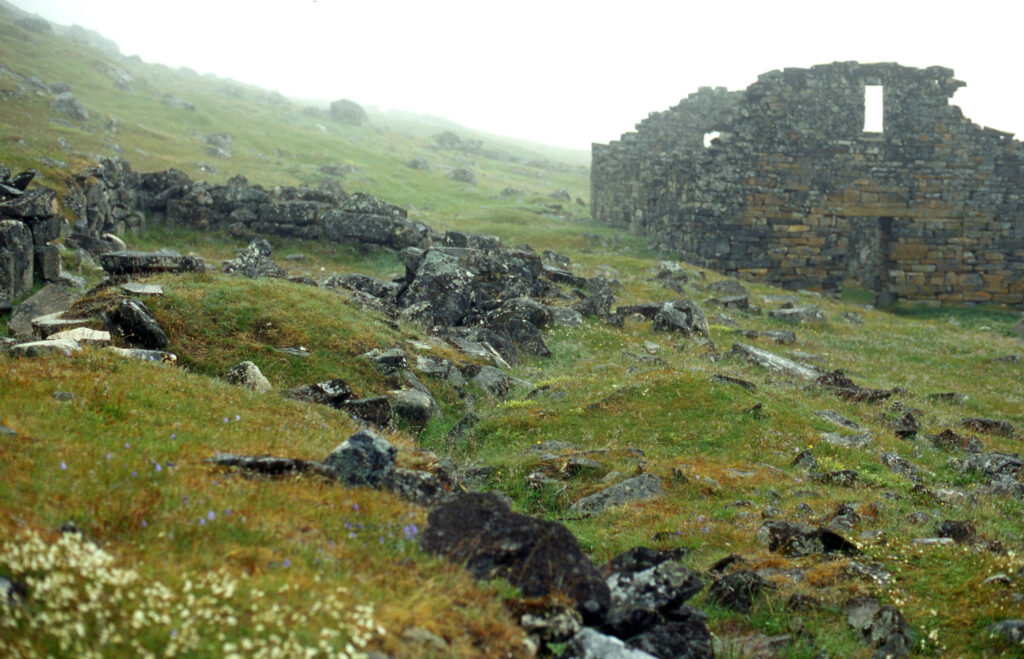
Fakt 8: Der Name des Landes ist ein Werbegag aus der Vergangenheit
Einige Historiker glauben, dass der Name “Grönland” eine Werbetaktik von Erik dem Roten war, einem nordischen Entdecker, dem die Besiedlung Grönlands im 10. Jahrhundert zugeschrieben wird. Historischen Berichten zufolge nannte Erik der Rote die Insel “Grönland”, um Siedler in das raue und eisige Gebiet zu locken, da der Name eine gastfreundlichere Umgebung suggerierte. Diese Marketingstrategie zielte darauf ab, die nordischen Siedler mit dem Versprechen von fruchtbarem Land und reichhaltigen Ressourcen anzulocken, obwohl die Insel überwiegend aus Eis besteht.
Fakt 9: In Grönland gibt es nur sehr wenige Bäume
Grönland zeichnet sich durch sein arktisches Klima und seine weiten eisbedeckten Landschaften aus, die das Wachstum von Bäumen einschränken. Daher gibt es in Grönland nur sehr wenige Bäume, vor allem in den zentralen und nördlichen Regionen, wo das Klima rauer ist und das Gelände von Eiskappen und Tundra dominiert wird. Im südlichen Teil Grönlands, wo das Klima relativ milder ist, findet man entlang geschützter Täler und Fjorde einige verstreute Baumbestände, hauptsächlich Zwergweiden und Birken. Insgesamt ist der Baumbestand in Grönland jedoch im Vergleich zu anderen Regionen der Welt spärlich, was die schwierigen Umweltbedingungen in der Arktis widerspiegelt.
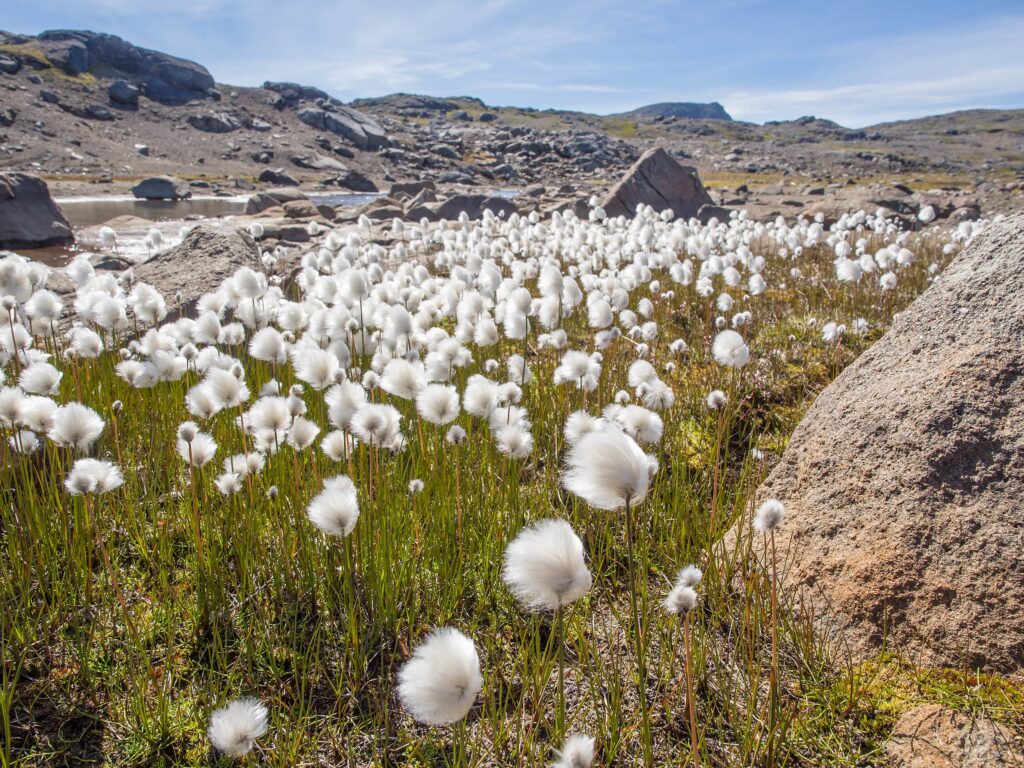
Fakt 10: In Grönland ist Fisch leicht zu fangen und ein Hauptbestandteil der nationalen Küche
Die umliegenden arktischen Gewässer sind reich an Meereslebewesen, darunter verschiedene Fischarten wie Kabeljau, Heilbutt, Seesaibling und Lachs sowie Schalentiere wie Garnelen und Krabben.
Die Fischerei ist seit langem eine traditionelle Lebensweise der einheimischen Inuit-Bevölkerung und sichert den Lebensunterhalt der Gemeinden auf der Insel. Auch heute noch ist die kommerzielle Fischerei ein wichtiger Wirtschaftszweig in Grönland, wobei der Fisch sowohl für den heimischen Verbrauch als auch für den internationalen Markt exportiert wird.
In der Küche spielt Fisch eine zentrale Rolle in den traditionellen grönländischen Gerichten, die oft aus einfachen Zubereitungen wie gekochtem oder geräuchertem Fisch bestehen, aber auch aus aufwändigeren Rezepten, die lokale Zutaten wie Algen, Beeren und Kräuter enthalten.

Veröffentlicht April 28, 2024 • 6 m zum Lesen

